
Titan Quest 2 Leveling System and Progression System
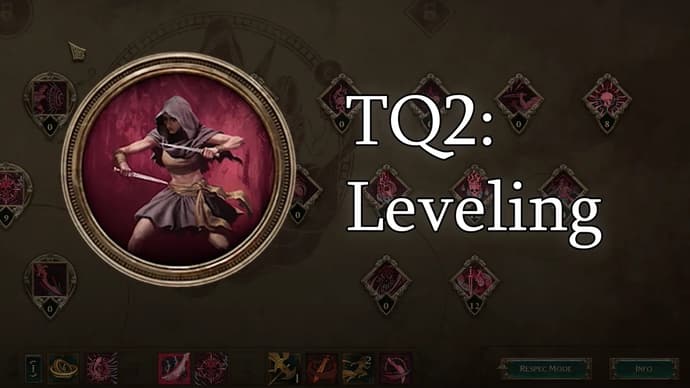
Titan Quest 2 uses a simple yet flexible leveling system where you gain experience by killing enemies, doing quests, and exploring the world. Every time you level up, you gain different point types that help you unlock and upgrade your abilities. You can respec freely using in-game tools, making build experimentation easy. The game is chapter-based, and most XP comes naturally as you play. If you want to level up faster or optimize your start, picking the right early game build helps a lot.
How to Level Up in Titan Quest 2
You level up in Titan Quest 2 by completing main quests, clearing enemy-filled zones, and exploring side paths. Experience points (XP) come from monsters, side content, and hidden secrets. Ritual Shrines let you reset areas, letting you farm the same place again if you want to grind. Good early skills include strong area-of-effect (AoE) options or pet-focused trees, depending on the mastery.
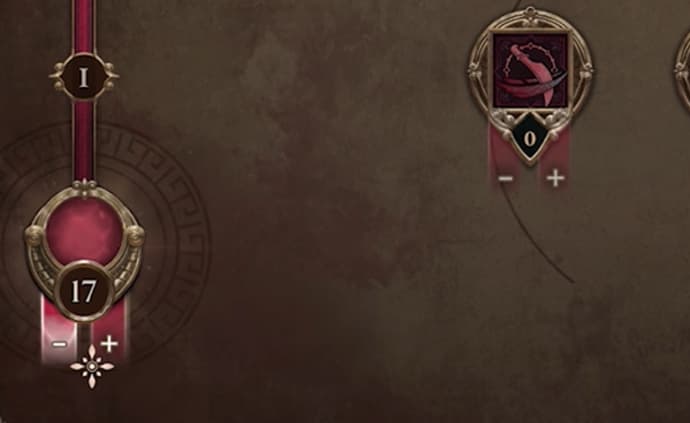
How to Respec in Titan Quest 2
To respec in Titan Quest 2, open the Mastery screen and click on “Respec Mode.” This lets you reallocate both active and passive skill points. Just keep in mind that each refunded point increases the total gold cost of the respec.
How Progression is Working Here
In Titan Quest 2, progression works through a chapter-based structure. Each chapter has a main campaign thread, supported by side content like puzzles, elite enemies, and secret areas. Wave-based encounters and mini-bosses also give extra experience and gear. You can scale the difficulty through Ritual Shrines, and you’re able to respawn enemies if you want to farm more XP or test out new setups. Traditional endgame systems like boss rushes aren’t confirmed yet, but build variety and map exploration are already key parts of the game.
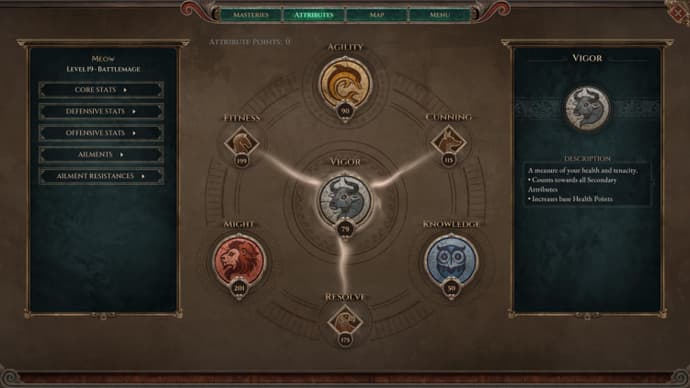
Examples of Titan Quest 2 Start Build
There are several reliable ways to build your character in early access. The combination of each Titan Quest 2 class (here, Mastery) suits different playstyles – learn the specifics of each to understand the builds better. These setups aim to help you push through the first chapters efficiently and with minimal frustration.
Reaver Build (Rogue + Warfare): You focus on Trick Shot from Rogue and combine it with Warfare’s passives to gain speed, crit chance, and Rage effects. The build is energy-hungry but scales well through early chapters. Your main focus should be managing Energy and always repositioning correctly. Trick Shot does great linear damage and is good for bosses, but needs careful aiming. Use Barrier defensively and keep your movement high to stay alive.
Tempest Build (Storm + Warfare): This build uses Lightning Bolt and Barrage for big AoE damage. It’s mobile and easy to play once you understand flow management. Make sure to combine projectiles and Rage passives to keep uptime and pressure high. This build performs well in wide-open areas and against packs but struggles a bit with single-target without upgrades. Gear and energy efficiency are key.
Battlemage Build (Earth + Warfare): This setup combines Whirlwind from Warfare and fire damage buffs from Earth. You’ll want to stack Might and Knowledge to boost both your melee and elemental scaling through Resolve. Ring of Flame and Earth Enchantment give you passive damage around enemies while you channel Sweeping Strike. Energy management is essential here, too, but the AoE coverage is massive. This build plays slower but safer.
Across all builds, you want to start from the example or your own way, remember to:
- Check merchants when you level up.
- Use the Ritual Shrines to respawn mobs for farming.
- Watch resistances and try to stay balanced.
- Keep extra gear in your stash to swap builds or experiment.
These starter builds are tested for Early Access and should comfortably carry you through the first 20–30 levels.
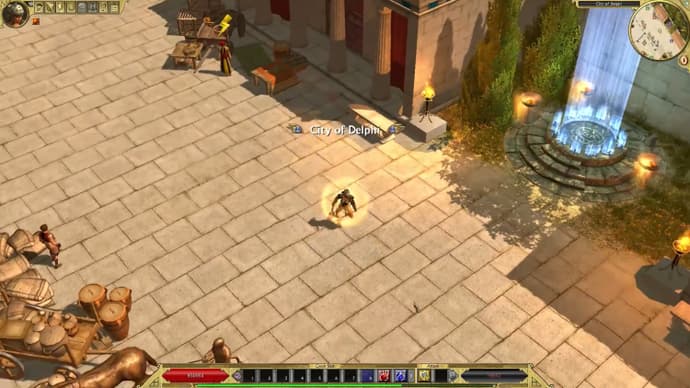
Titan Quest 2 in Comparison With Titan Quest 1
Titan Quest 2 builds on the foundation of the first game but modernizes nearly every system, including combat flow, skill customization, and progression pacing. The dual-mastery system returns but now includes Divinity Points, respec tools, and enhanced modifiers for deeper build flexibility. Exploration is also more dynamic, with handcrafted secrets and vertical paths replacing the flatter maps of the original.
If you're wondering whether to play Titan Quest 1 before jumping into this game, we are covering that in a separate piece dedicated to answering.

Vitalii Diakiv writes gaming blogs and guides, focusing on the latest announcements and games matched with pop-cultural phenomena. Second, he covers esports events Counter-Strike 2, Marvel Rivals, League of Legends, and others.
 StarLadder Budapest Major 2025: Full Tournament ReviewA complete recap of StarLadder Budapest Major 2025: key moments, major upsets, playoff drama, and Vitality’s championship victory after three weeks of CS2.
StarLadder Budapest Major 2025: Full Tournament ReviewA complete recap of StarLadder Budapest Major 2025: key moments, major upsets, playoff drama, and Vitality’s championship victory after three weeks of CS2.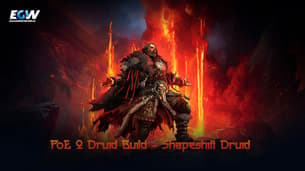 Path of Exile 2 Druid Guide - Shapeshift Leveling Build BreakdownComplete PoE 2 Shapeshift Druid build guide with Volcano, Fury of the Mountain, and Shaman Ascendancy. Easy gearing, strong defenses, and smooth campaign progression.
Path of Exile 2 Druid Guide - Shapeshift Leveling Build BreakdownComplete PoE 2 Shapeshift Druid build guide with Volcano, Fury of the Mountain, and Shaman Ascendancy. Easy gearing, strong defenses, and smooth campaign progression. Best CS2 Player Confirmed – Donk Stands BehindTwo superstars, one throne. A deep dive into the 2025 CS2 rivalry between ZywOo and donk, breaking down stats, impact, and why ZywOo is favored for No.1.
Best CS2 Player Confirmed – Donk Stands BehindTwo superstars, one throne. A deep dive into the 2025 CS2 rivalry between ZywOo and donk, breaking down stats, impact, and why ZywOo is favored for No.1. ZOWIE Media Event at StarLadder Budapest Major 2025: EGamersWorld ExperienceFrom November 24 to December 14, StarLadder Budapest Major 2025 took place in Budapest — the final tournament of the 2025 season.
ZOWIE Media Event at StarLadder Budapest Major 2025: EGamersWorld ExperienceFrom November 24 to December 14, StarLadder Budapest Major 2025 took place in Budapest — the final tournament of the 2025 season.


